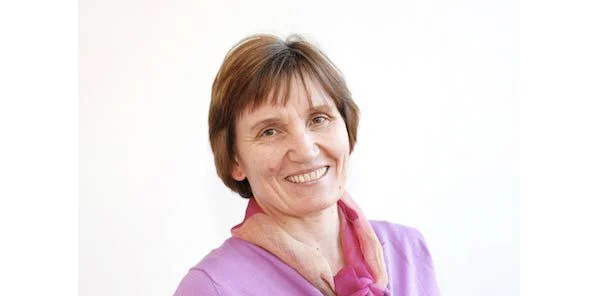Findings of a new study associate population-based screening with full-field digital mammography (FFDM) with lower recall and biopsy rates than screen film mammography (SFM).
The research, conducted by Solveig Hofvind, PhD, Cancer Registry of Norway and Oslo University College, in Oslo, Norway, and published online in the journal Radiology, was based on data from the Norwegian Breast Cancer Screening Program (NBCSP). It compared performance measures and outcomes before, during and after the transition stage from SFM to FFDM and the outcome suggests that FFDM may lower the number of diagnostic workups and biopsies that do not lead to diagnosis of breast cancer.
In the past, such population-based studies that compared the accuracy of SFM versus FFDM have yielded conflicting results, and reported recall rates (the rate at which women are called back for additional tests) have varied widely. Additionally, past performance evaluations of breast imaging screening technologies do not account for the transition phase of adoption.
As Hofvind explains, the program invited women aged between 50 and 69 years to mammographic screening every two years, and performance measures were analysed in the program as conducted in a customary setting.
In order to investigate the transition effect from SFM to FFDM the team of researchers analysed the rate of cases, the rate of screen-detected cancer, the recall rate and the rate of interval cancers.
Including results from women screened with SFM only, with SFM plus FFDM, and with FFDM only, this set of combinations allowed the comparison of early performance measures achieved when using digital mammography properly in a routine setting, Dr. Hofvind said.
Over 1,835,000 NBCSP screening exams were performed during the years 1996 to 2010, with 58.8 years being the mean age at time of screening. The SFM overall recall rate stood at 3.4 percent and at 2.9 percent for FFDM. The SFM biopsy rate was 1.4 percent and FFDM’s 1.1 percent.
During the transition period from SFM to FFDM and after FFDM was firmly established, the rate of invasive screening-detected and interval breast cancer both remained stable. After adoption of FFDM, the positive predictive value of recalled examinations and of biopsy procedures increased from 19.3 percent and 48.3 percent to 22.7 percent and 57.5 percent respectively.
The study of the transition phase of screening modality enabled the researchers to the discovery that FFDM implementation led to lower rates of false positive screening exams and fewer biopsies with benign outcome.
Dr. Hofvind’s study is entitled “Mammographic Performance in a Population-based Screening Program: Before, during, and after the Transition from Screen-Film to Full-Field Digital Mammography.” Her research team included Per Skaane, MD, PhD, Joann G. Elmore, MD, PhD, Sofie Sebuødegård, BSc, Solveig Roth Hoff, MD, PhD, and Christoph I. Lee, MD, MSHS.
Source: RSNA
7 April 2014
Latest Articles
Research, Mammography, RSNA, breast cancer, digital mammography, breast cancer screening, recall rates
Findings of a new study associate population-based screening with full-field digital mammography (FFDM) with lower recall and biopsy rates than screen film...










